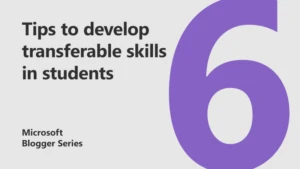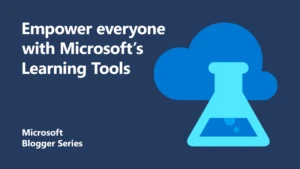
How to unlock anywhere learning by setting up a Teams Class
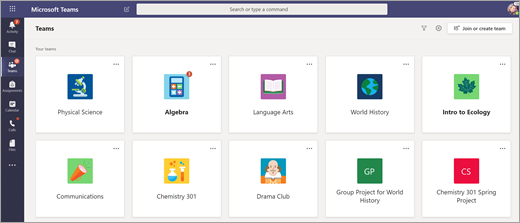
At Cornerstone Public School, we decided to implement Teams across the whole school to make it easier for students and teachers to access the information they need, when and wherever they are.
Having access to planning is a key aspect of teaching. In Teams, these documents can be accessed securely, while meeting GDPR guidelines.
Giving your students’ access to anywhere learning helps them gain confidence and digital skills, preparing them for their future.
It’s easy to set your class up on Teams. Normally, your IT team will have added your students to a class group and you can then add this to your Class Team. If not, add your student’s Office 365 Education names.
1. Organise your class Team
Every team comes with a general channel, which has the following tabs: Posts, Files, Class Notebook, Assignments, and Grades. You can add more channels if you need to and set their privacy to be accessible to all students or just some.
2. Communicate with your students
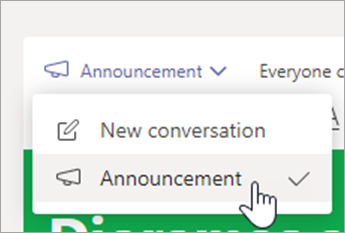
Use Posts to message your entire class or Channel – I tend to do this for news and to share information. The Announcements feature is great for when I need to draw student’s attention, for example to share an assignment. If you need to talk to a student or colleague one-to-one, you can use the chat function to send text messages, audio messages, and video or audio calls.
3. Share and organise documents
You can upload, create, and share key documents for either pupils or the whole class to edit collaboratively. You can set files to read only when you need to use them as reference to complete assignments. The documents can be all stored securely in one place making it easy to find.
4. Class Notebook
Class Notebook gives your students a place to take notes and collaborate with the class. A variety of media can be embedded within a page on a Notebook supporting students’ learning experiences. For group work, the collaboration space provides a space where groups can work together.
Assign students their own OneNote notebook. Splitting the notebook into different categories helps the work stay organised. Each section acts like its own book collating all the work that a student completes.
5. Assignments and grades
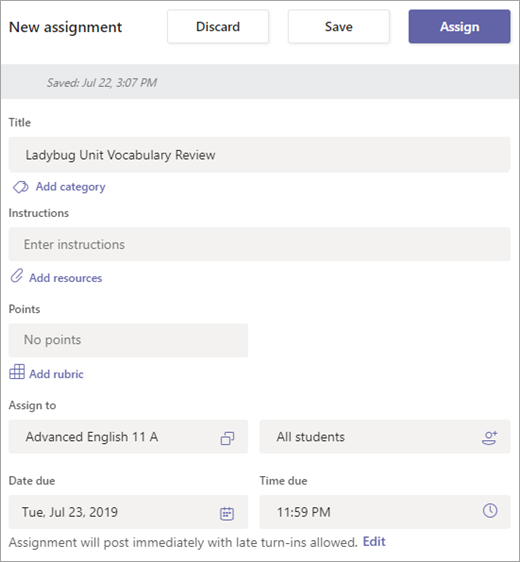 This brings us to Assignments and Grades. You can set students assignments through Teams, either for the whole class or particular pupils depending on differentiation. You can even add the assignment instantly into a student’s particular section of their Class Notebook.
This brings us to Assignments and Grades. You can set students assignments through Teams, either for the whole class or particular pupils depending on differentiation. You can even add the assignment instantly into a student’s particular section of their Class Notebook.
The Grades tab lets you track student progress and view the status of their work. You can grade individually via the Grades tab, or collectively through the Assignment tab, adding feedback and points.
Using Microsoft Teams, creates independence, particularly for students in the older years of primary school. With the majority of secondary schools using an online platform for learning, this prepares them for this experience, as well as their future in further education and the workplace.
Find out more
Five steps to introduce Teams to your educators
About the author
 Henry is a digital leader and Year 6 teacher at Cornerstone Primary School and an MIEExpert. He is passionate about developing technology in the classroom and equipping students with the best skills to prepare them for the future.
Henry is a digital leader and Year 6 teacher at Cornerstone Primary School and an MIEExpert. He is passionate about developing technology in the classroom and equipping students with the best skills to prepare them for the future.

